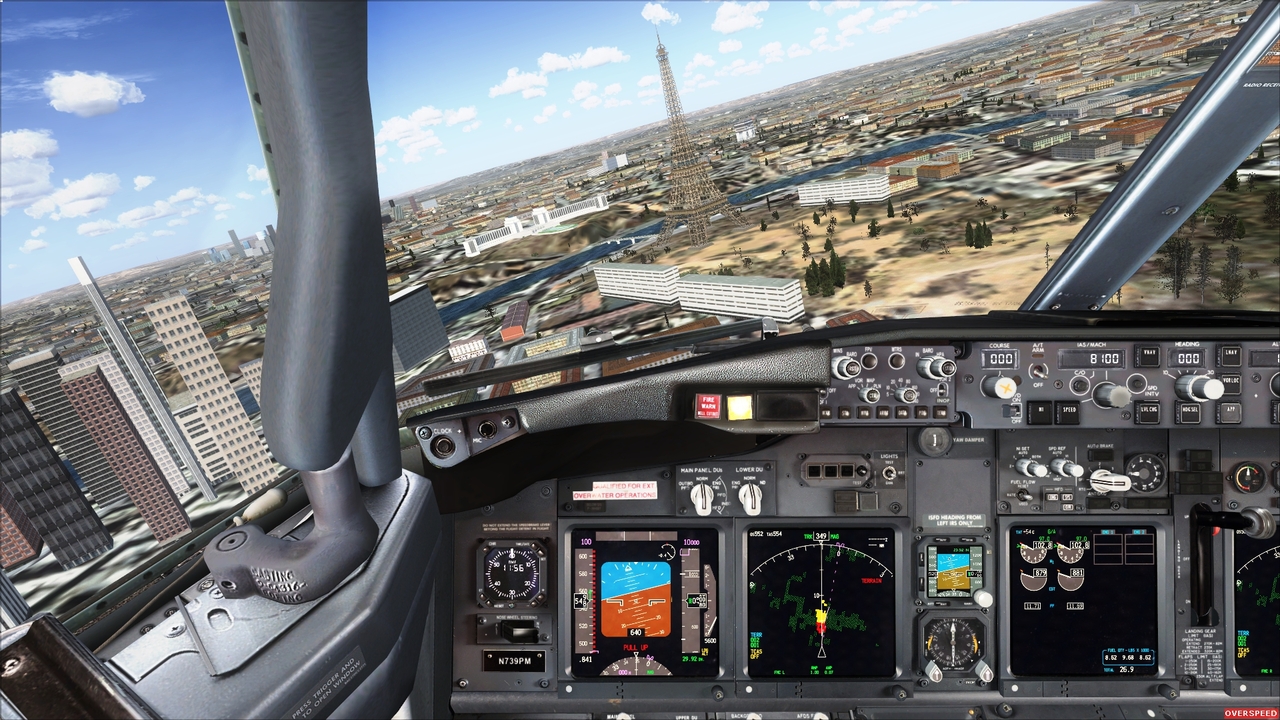TWCobra
Senior Member.
After a bit of thought, the issue I foresee here is that what you really need to ask pilots is whether they trust whether the agencies such as the NTSB and the FBI are telling the truth.
Pilots are generally cynical with their managements and Boards, however we tend to trust the NTSB to do an independent and thorough investigation.
I have done my own analysis of the events of 9/11 and with the exception of the 510 knot groundspeed of UA175 (which to my mind now is incorrect), I have no problem with the events as related. They gel with my experience of the aircraft and my knowledge of the security procedures in place at the time.
The reports from the passengers as to the manner in which the aircraft were flown suggests relatively inexperienced pilots who weren't concerned about flying smoothly, but knew enough to find NYC on a gin clear day and aim the aircraft with sufficient precision to hit fairly large targets.
I can't speak however for the majority of pilots as I don't know what independent thought each has put into the OS. I have put a an awful lot into it over the years.
If they haven't really thought about it as I have, then the issue is simply one of trust in the agencies. Pilots really need to spend a lot of time on forums such as this and elsewhere to get a grip on all the arguments and to make any survey valid. I for one wasn't aware of the 20% envelope extension for flutter until two days ago. Just the knowledge of that fact is intrinsic to knowing the capabilities of the aircraft. To someone like me it makes the OS much more likely.
Pilots are generally cynical with their managements and Boards, however we tend to trust the NTSB to do an independent and thorough investigation.
I have done my own analysis of the events of 9/11 and with the exception of the 510 knot groundspeed of UA175 (which to my mind now is incorrect), I have no problem with the events as related. They gel with my experience of the aircraft and my knowledge of the security procedures in place at the time.
The reports from the passengers as to the manner in which the aircraft were flown suggests relatively inexperienced pilots who weren't concerned about flying smoothly, but knew enough to find NYC on a gin clear day and aim the aircraft with sufficient precision to hit fairly large targets.
I can't speak however for the majority of pilots as I don't know what independent thought each has put into the OS. I have put a an awful lot into it over the years.
If they haven't really thought about it as I have, then the issue is simply one of trust in the agencies. Pilots really need to spend a lot of time on forums such as this and elsewhere to get a grip on all the arguments and to make any survey valid. I for one wasn't aware of the 20% envelope extension for flutter until two days ago. Just the knowledge of that fact is intrinsic to knowing the capabilities of the aircraft. To someone like me it makes the OS much more likely.

